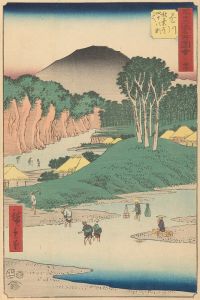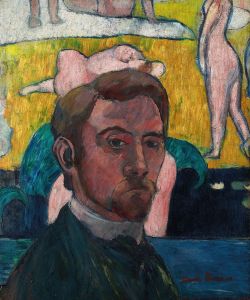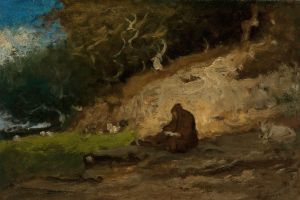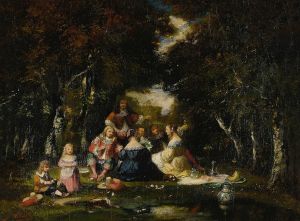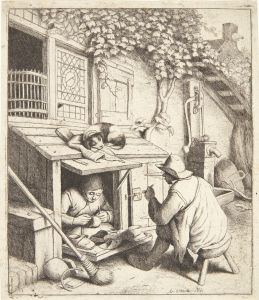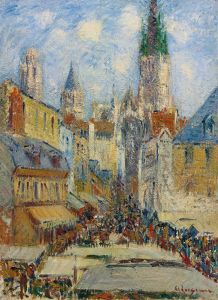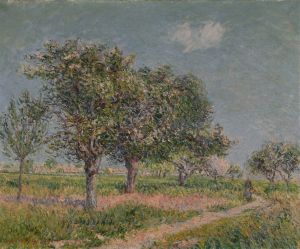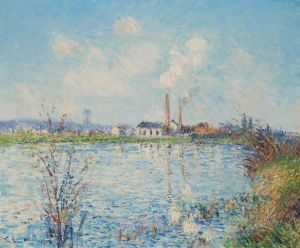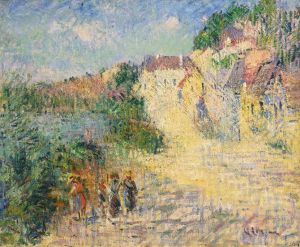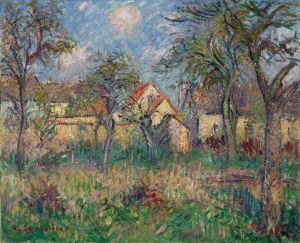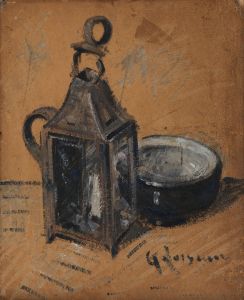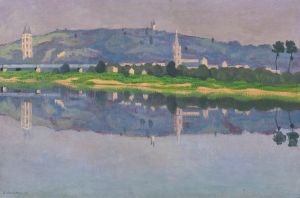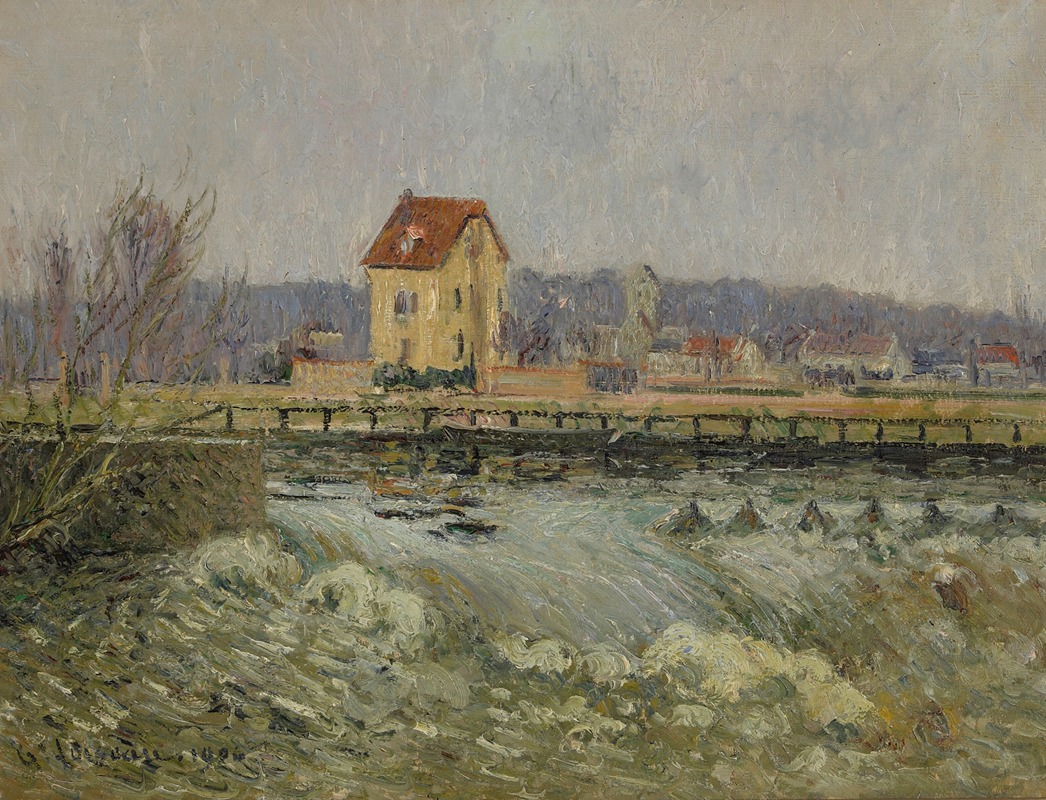
Barrage à Pontoise,
A hand-painted replica of Gustave Loiseau’s masterpiece Barrage à Pontoise,, meticulously crafted by professional artists to capture the true essence of the original. Each piece is created with museum-quality canvas and rare mineral pigments, carefully painted by experienced artists with delicate brushstrokes and rich, layered colors to perfectly recreate the texture of the original artwork. Unlike machine-printed reproductions, this hand-painted version brings the painting to life, infused with the artist’s emotions and skill in every stroke. Whether for personal collection or home decoration, it instantly elevates the artistic atmosphere of any space.
Gustave Loiseau was a French Post-Impressionist painter known for his landscapes and scenes of rural life. He was born on October 3, 1865, in Paris, France, and became one of the notable figures in the Post-Impressionist movement. Loiseau is particularly recognized for his ability to capture the effects of light and atmosphere in his works, often employing a technique known as "envelope," which involves the use of small, distinct brushstrokes to create a sense of movement and vibrancy.
"Barrage à Pontoise" is one of Loiseau's paintings that exemplifies his style and thematic focus. Pontoise, a commune in the northwestern suburbs of Paris, was a popular location for many artists, including Camille Pissarro, who was a significant influence on Loiseau. The area offered picturesque landscapes and a serene environment that inspired many Impressionist and Post-Impressionist painters.
In "Barrage à Pontoise," Loiseau captures a scene that likely includes a dam or weir, as suggested by the title ("barrage" translates to "dam" in English). The painting reflects Loiseau's interest in depicting the interaction between natural and man-made elements within the landscape. His use of color and light would have been aimed at conveying the atmosphere of the scene, possibly capturing the play of light on water and the surrounding environment.
Loiseau's technique often involved the use of a palette knife, which allowed him to create texture and depth in his paintings. This method is evident in many of his works, where the surface of the painting is rich with layers of paint that give a tactile quality to the depiction of natural elements like trees, water, and sky.
The painting "Barrage à Pontoise" would have been created during a period when Loiseau was actively exploring the landscapes of the Île-de-France region, where Pontoise is located. His works from this time are characterized by their vibrant colors and dynamic compositions, capturing the essence of the French countryside.
Loiseau's contribution to the Post-Impressionist movement lies in his ability to blend the techniques of Impressionism with his unique approach to capturing light and atmosphere. His works are celebrated for their ability to evoke a sense of place and time, transporting the viewer to the serene and picturesque settings he so loved to paint.
Throughout his career, Loiseau remained dedicated to his exploration of landscape painting, and his works continue to be appreciated for their beauty and technical skill. "Barrage à Pontoise" is a testament to his talent and his enduring legacy as a painter who captured the essence of the French landscape with sensitivity and precision.
Gustave Loiseau passed away on October 10, 1935, in Paris, leaving behind a body of work that continues to be studied and admired by art enthusiasts and scholars alike. His paintings, including "Barrage à Pontoise," are held in various collections and continue to be exhibited in museums and galleries around the world.





